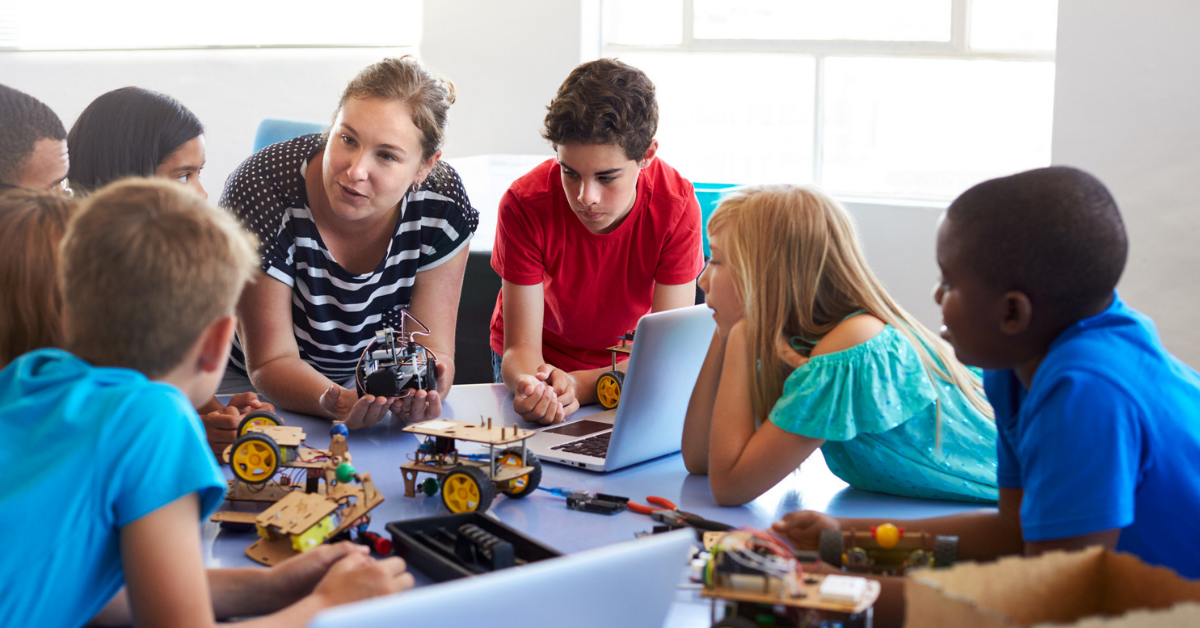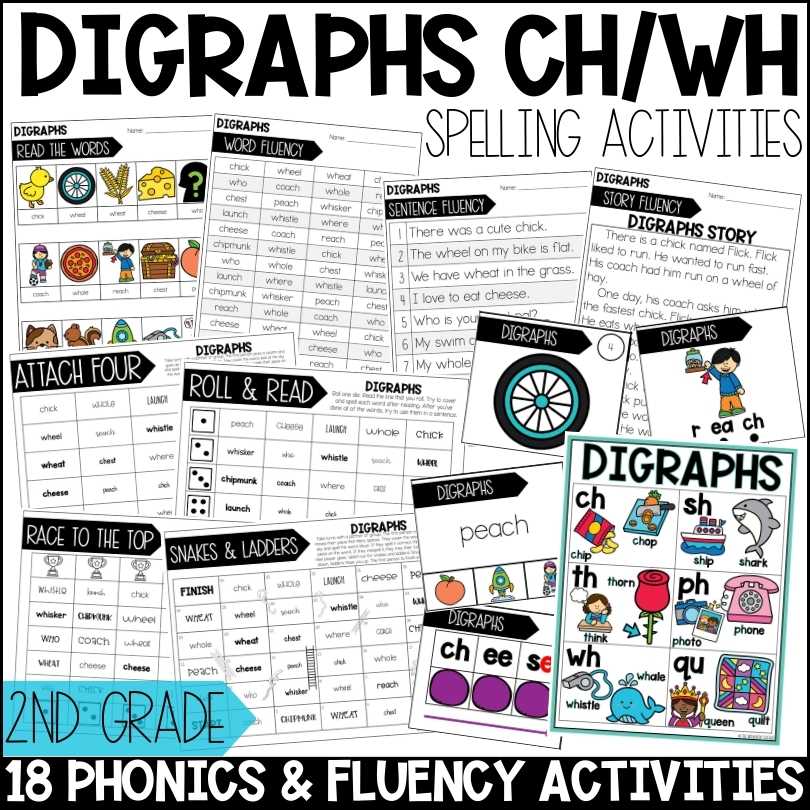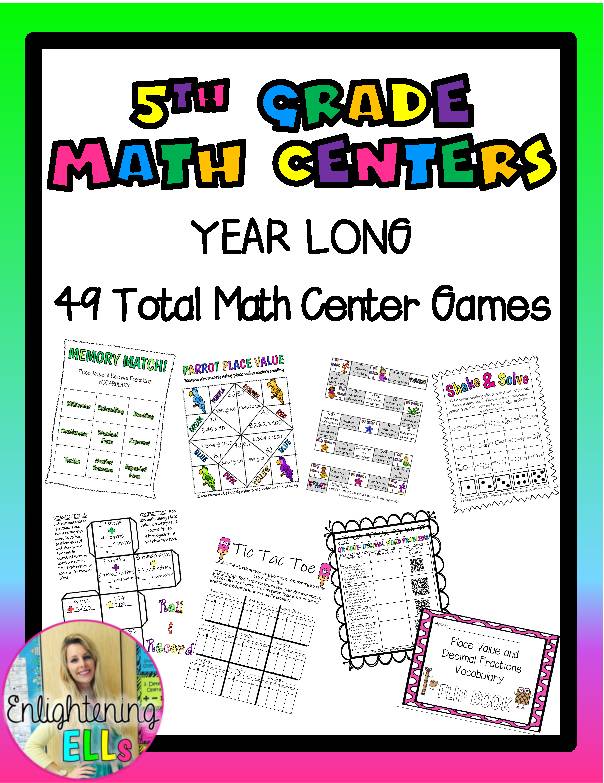In the past, it’s always been that the focus on teaching was imparting as much information to children as possible, regardless of their preferred learning style, capacity to fully appreciate subjects, and ability to comprehend what they are being taught.
But in modern education, we’ve taken a new and different approach to the way students are taught. By making learning enjoyable, inspiring, and creative, we can give students the education they need to pass exams and enjoy and be passionate about their learning.
You may have heard the term differentiated learning plans. These strategies are an increasing reality for many classrooms. These strategies notice students’ differences in providing meaningful and practical education. Any good teacher understands that no two students are the same. Individual students may need more support, different ways of learning, or even extra input to succeed in a traditional school setting. By understanding that students need different things to achieve the same goals, whether it’s down to background, ability, or skill, we can help all students to succeed.
One essential part of modern-day teaching is providing students with the tools to succeed. From completing the common standards set by the state to achieving success in future education, the ability to learn is something all students must have. But with so much to consider, and so many different learning styles to cater to, many teachers get bogged down in the semantics and technicalities of modern education. But success isn’t just measured in test scores – at least, it shouldn’t be.
Students must connect with their subjects to truly succeed and be immersed in their education. One excellent way to encourage that passion and ability to learn is by cutting back on the seriousness in the average classroom. Have a little fun, try out new ways to get information to your students, and get creative. Not only will your students be more engaged, but it’s also been proven that happier students are more likely to succeed educationally, based on a study by Christina Hinton, a Harvard Graduate School of Education lecturer and neuroscientist.
So we know that fun in the classroom is about more than just wasting time and not getting the work done. It’s a useful tool teacher can utilize to reduce stress and tension and encourage engagement with materials and subjects. But with so many requirements placed upon the classroom, is it possible to incorporate fun into an already-packed curriculum? We think it is.
Read on for a few ways to make school fun for your students without sacrificing their ability to learn and develop further important skills:
Make use of technology
There’s no doubt that children and technology mix well. After all, the current generation of students is more high-tech than before and has a greater understanding of the technical tools and functions around them. At home, this technology may take the form of playing games, communicating via phones or tablets, or simply using the internet in general. In the classroom, we can harness that interest in technology to create educational and enjoyable lessons.
Here are some ways technology could easily be implemented in a learning environment:
- Research projects using the internet instead of via a book or older programs, allowing students to have greater freedom when researching and connecting with the subject matter.
- Allow students access to tablets or iPads to play education-relevant games or watch videos relevant to classwork – for example, accessing interactive stories for English Literature lessons.
- Ask students to create PowerPoint presentations to display their work, as opposed to more traditional presentations using whiteboards or paper
- Integrate video conferencing technology and software to allow for communication with other students all over the world; the modern version of pen pals, and particularly useful for Language-based classes
- Utilize educational augmented reality apps and software to give students a visual idea of the subject they’re learning about
Follow up traditional lessons with time for fun
Blowing off steam and taking breaks are just as vital to a student’s education as the time they spend learning. Time off from books and classes allows students to process the information they’ve just learned and put them in a proper mindset for their next lesson or the next stage in their current subject. While teachers must provide students with all the information to pass the standardized testing required under the common core state standards, adding additional ways to use that information can also be fun. For example, creating a cell from clay, working together to find all the parts of a neutron hidden around the class, or similar get-up-and-move activities can break the tension and encourage children to enjoy learning again.
Allow for more interaction
Being talked at is boring for anyone, even if it’s essential to impart information about specific subjects. But by allowing a little more interactivity in your lesson planning, you can soon get students involved in your subject matter in fun yet educational ways. Science experiments, for example, are an excellent way to impart information and encourage students to understand the guidance you’ve provided by requiring them to take part physically.
Examples of interactive experiments students can get involved in include:
- Floating pennies in an aluminum foil boat
- Mixing substances such as honey, oil, and water to observe separation
- Dropping objects from the same height to observe how gravity works
Improve review time with fun games
Review time is very rarely enjoyable for students. It can often be a source of stress, especially when silence and tests are involved. But an excellent way to test students without formally testing them is by using review games instead of a more traditional setup. Not only will students have fun, but they will also be far more relaxed, leading them to access the answers they’ve studied quickly and easily.
Games such as Family Feud or Classroom Jeopardy! These are excellent choices, though many others are out there that would also work in a classroom setting. You could even hold a vote in class to dictate which game is used for each review date and assign ‘teams’ to create a sense of competitiveness. Students vs. Teacher is also a popular choice, as well as providing real prizes such as candy or stickers.
Get out of the classroom
Sometimes, simply sitting at the same desk day in, day-out can harm the ability of your students to learn. That’s why field trips are vital to providing students with a rounded education. Not only are they enjoyable – visiting a gallery, going to a zoo, or simply spending time outside – but they’re always educational.
Field trips allow students to apply their education in class to the real world, helping them better comprehend their subject matter and offering them new opportunities to further their knowledge independently. A motivated and passionate student is more likely to learn further and take time to understand their subject better. Field trips can provide a way to spark that interest, as well as connect with new forms of learning and educational tools.
Any teacher could tell you that learning is far more than just putting your nose to the books. Instead, learning should cover the whole spectrum of abilities, styles, and types of students, allowing each to make the most of their education. Introducing fun into the mix makes it possible to provide all students with an enjoyable, exciting, and educational way of learning that sticks.














